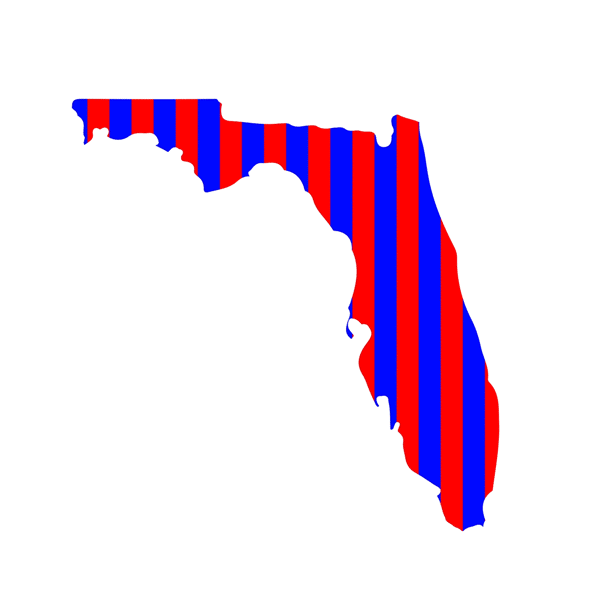Which is some kind of prediction! But could it, you know, actually happen?
Well, start here: In 2016, Trump won 30 states as well as Maine’s second congressional district. (Maine apportions some of its electoral votes by House seat.) Meaning he needed to get 14 or 15 more in order to make Mulvaney look like a genius.
That’s going to be VERY hard, for a few reasons.
1) Trump won six states — Florida, Iowa, Michigan, Ohio, Pennsylvania and Wisconsin — that Barack Obama had won in 2012. Several of those states (Michigan, Pennsylvania and Wisconsin most notably) had not gone for the Republican presidential nominee in a decade or more.
Read More
2) Of the 10 closest states — by percentage — in 2016, Trump won six of them.
Combine those two facts and you get this: Trump’s 2016 map was pretty close to his top end. As in, there’s not a whole lot of obvious pickup states for Trump in 2020 — even if you assume he can hold the 30 he won in 2016.
The obvious ones are the four closest states in 2016 that Hillary Clinton won: New Hampshire, Minnesota, Nevada and Maine. But even if you give Trump those four, he’s only at 34 total states in 2020 — 11 short of Mulvaney’s prediction. Give Trump the three other states Clinton beat him by single digits (Colorado, New Mexico and Virginia) and he still needs eight more states.
On its face then, Mulvaney’s claim is ludicrous. For Trump to win 45 states (or even 40 states) you would need a very heavily tilted national playing field in the incumbent’s favor. And if there are any signs of a titled playing field at this point in the election, they’re against Trump, not for him.
The Point: The last time a president won more than 45 states was in 1984, when Ronald Reagan drubbed Walter Mondale in every state except Fritz’s home of Minnesota. But 1984 is an eon ago in political terms. And Trump is not Reagan.



